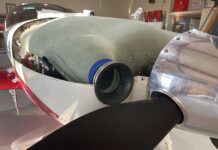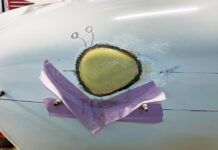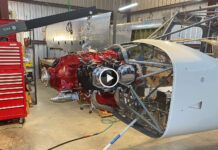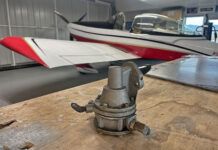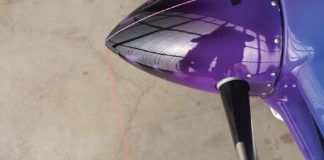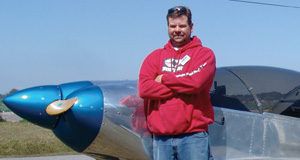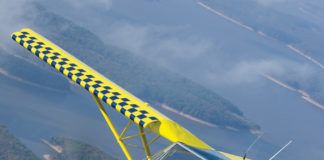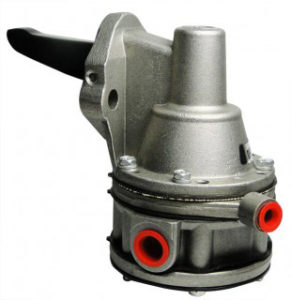 For the first time in many years, I find myself studying for some FAA written exams – sure, I’ve done license upgrades and type ratings along the way, but none of them required knowledge tests (the modern term for written exams) – but now I am working on getting ready for the A&P exams, and yup – three knowledge tests are required. And while I am a degreed aeronautical engineer who has been in the business for close to four decades, I must admit that it is almost embarrassing how much there is to “re-learn” – and I am talking simple stuff. Let’s face it, the last time I analyzed a series/parallel resistor circuit was probably back when I took “electrical engineering for dummies” (the EE course taught to all of the non-EE engineers) at the U of M.
For the first time in many years, I find myself studying for some FAA written exams – sure, I’ve done license upgrades and type ratings along the way, but none of them required knowledge tests (the modern term for written exams) – but now I am working on getting ready for the A&P exams, and yup – three knowledge tests are required. And while I am a degreed aeronautical engineer who has been in the business for close to four decades, I must admit that it is almost embarrassing how much there is to “re-learn” – and I am talking simple stuff. Let’s face it, the last time I analyzed a series/parallel resistor circuit was probably back when I took “electrical engineering for dummies” (the EE course taught to all of the non-EE engineers) at the U of M.
So there’s lots of great learning going on, and fun stuff to remember. Modern teaching techniques with a home study course make the stuff easy to recall, even if it is more or less teaching to the test. It’s always fun to learn new things – even if you thought you’d learned them before. I have been fortunate to have always been in “learning environments” in my career, with all sorts of new stuff hitting me all the time. And the amount of time I have spent in shops has all been learning as well – every time I work on a new part or aircraft component I learn something.
Recently, I have been thinking about mechanical fuel pumps – the lever action pumps installed on the backs of our Lycoming engines. We had a neighbor who experienced a forced landing a couple of years back due to an engine failure – a failure that up until now has been a complete mystery. It appeared to be fuel starvation, but there was plenty of fuel in the tanks, and we could get lots of fuel to flow out to the system with the boost pump after the incident. No one has been able to figure this out until recently, when the person who bought the engine off that airplane for another project tried to start it up – and found fuel leaking from the fuel pump drain line.
The conclusion now appears to be that the mechanical pump was leaking – and that was causing air to get into the fuel injection system – enough air to make the fire go out. In the absence of any other reasonable solutions, this seems to be the leading contender – so if you ever see fuel coming out of that little drain on the firewall, check it out! Meanwhile, someone on the internet pointed to an amazing video on fuel pumps produced by Tempest – the folks that make most of these pumps. It’s fifteen minutes long, and I bet that most pilots and mechanics, it might be up to ten minutes of completely new stuff. Great pictures, animations, and explanations. You’ll find it on YouTube:
Take the time – learning is fun!



